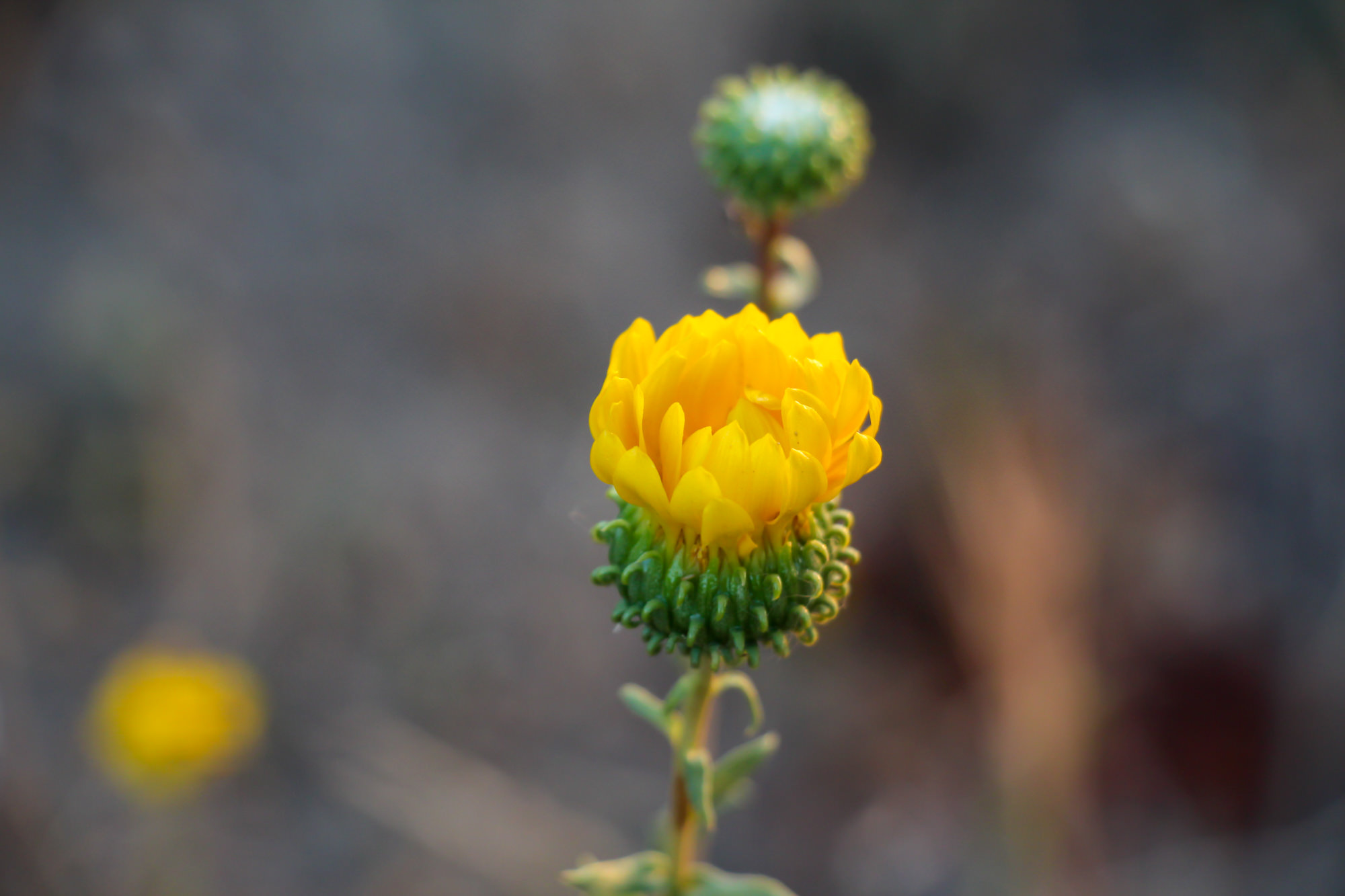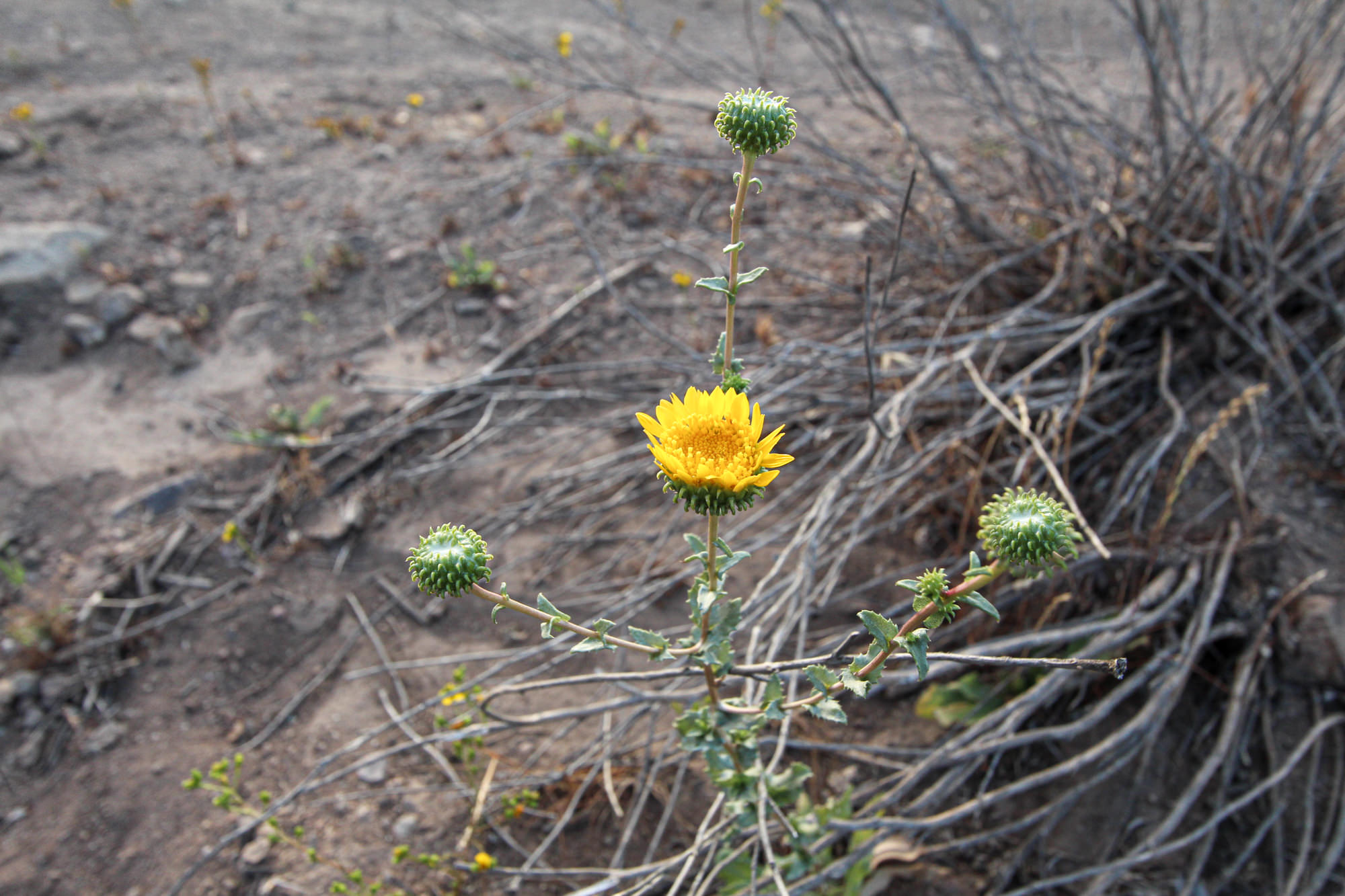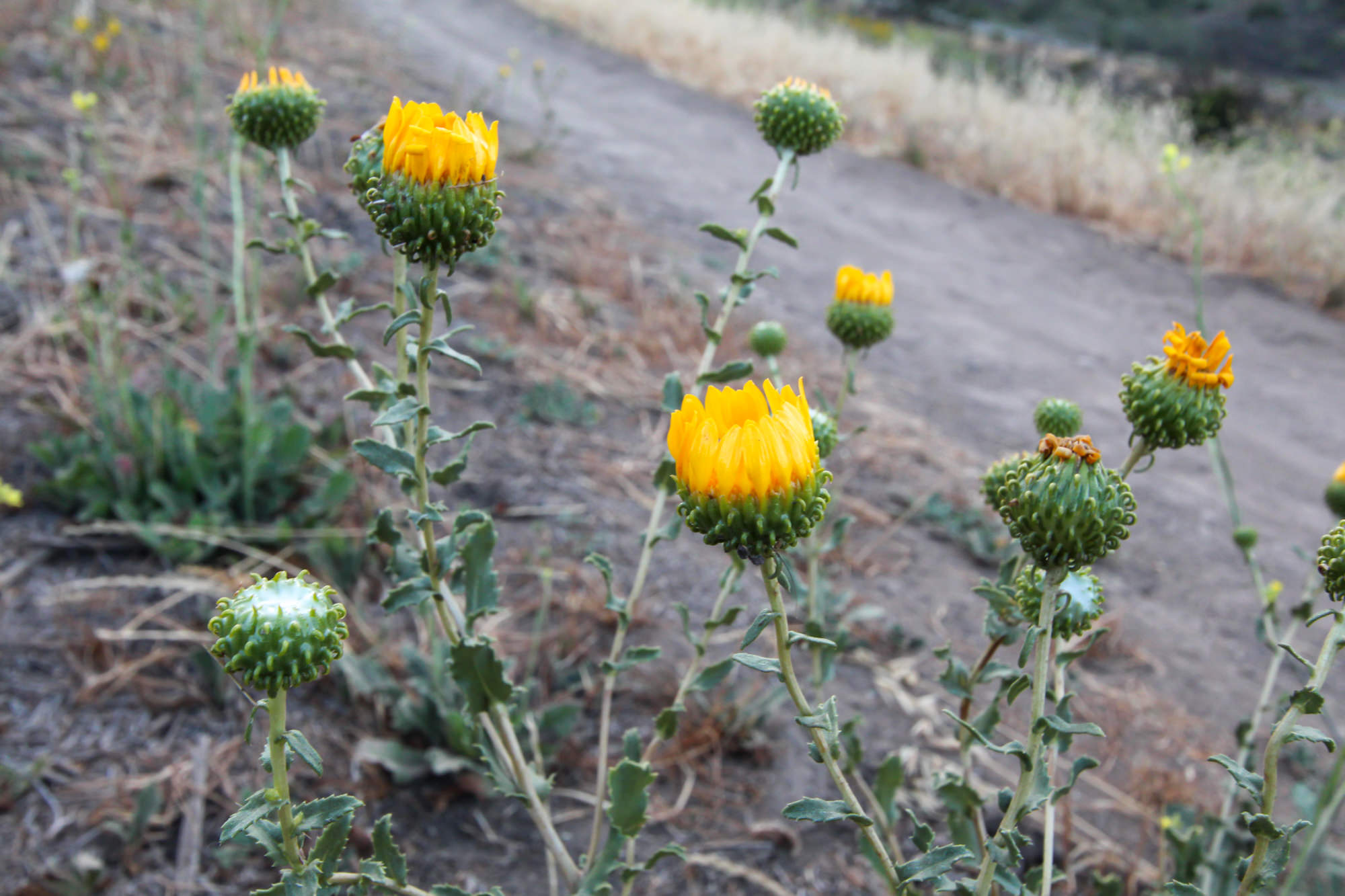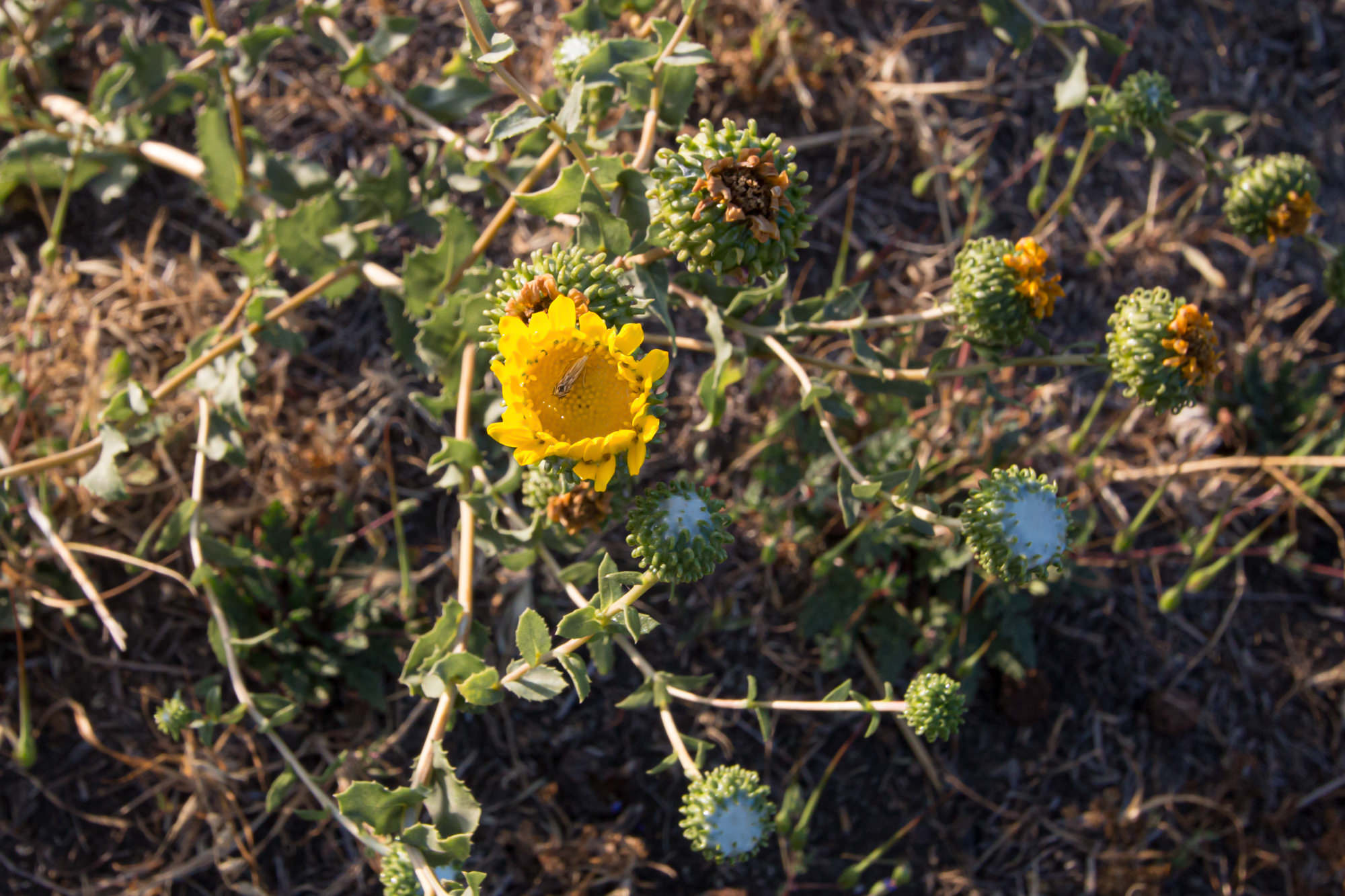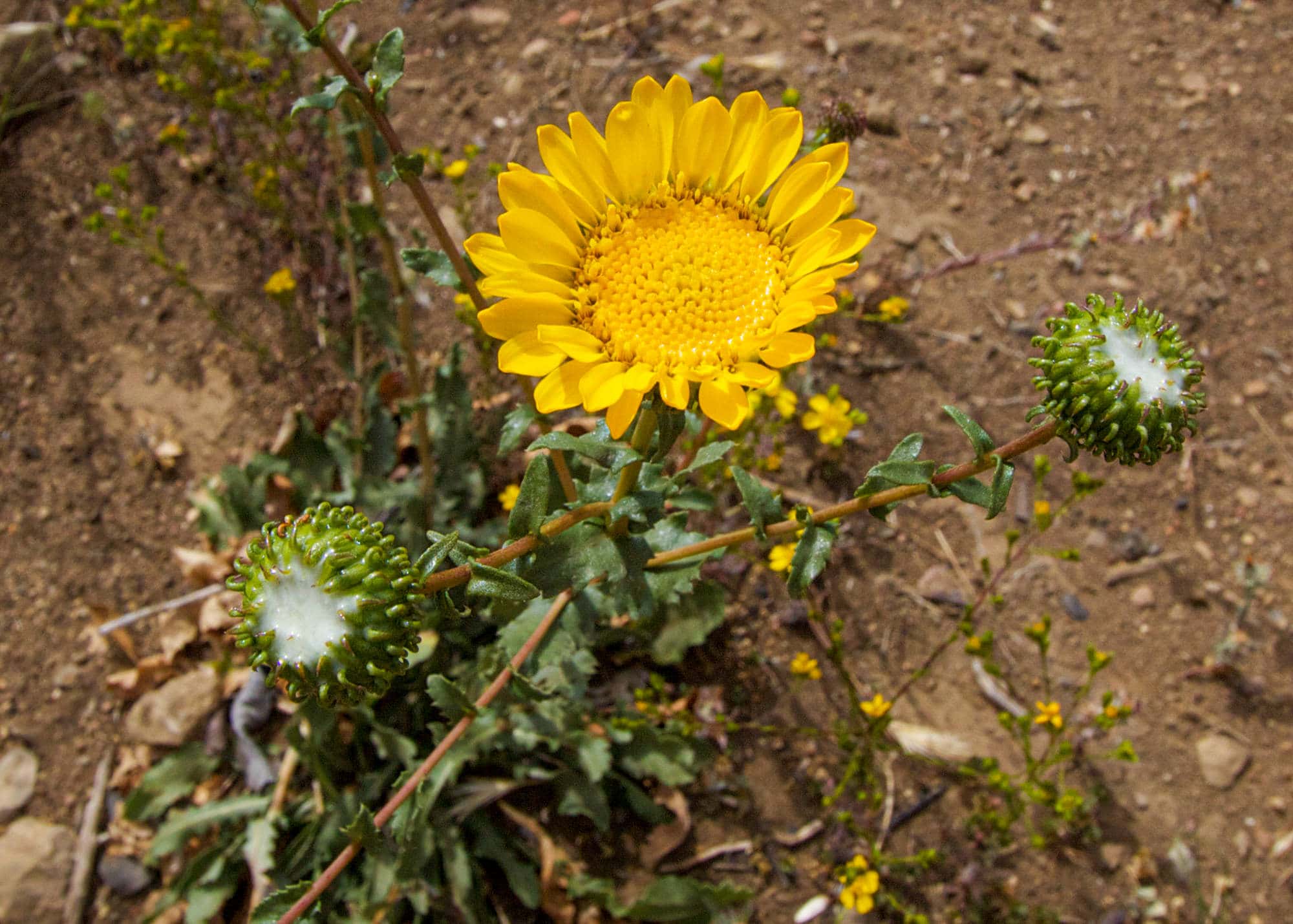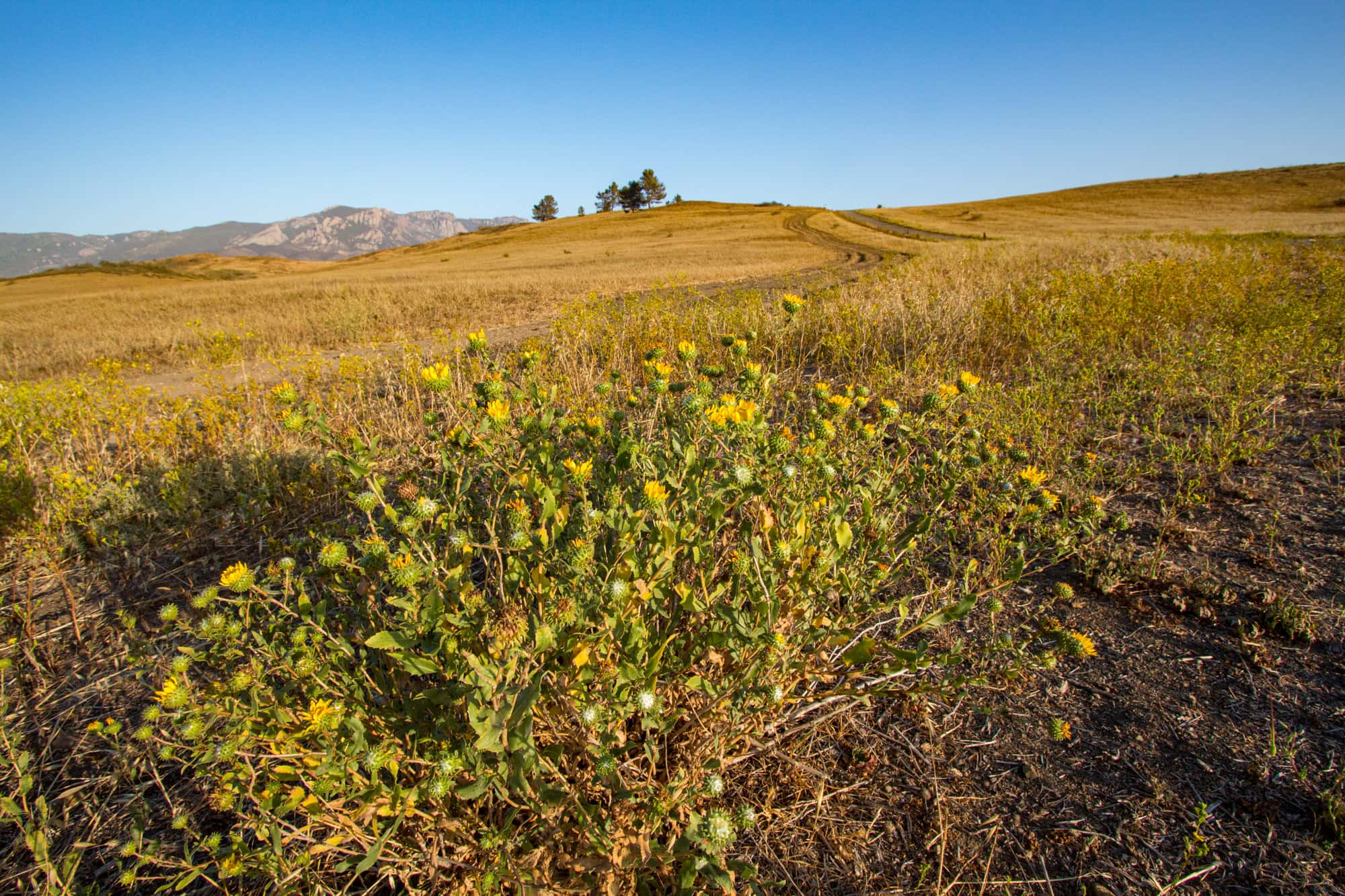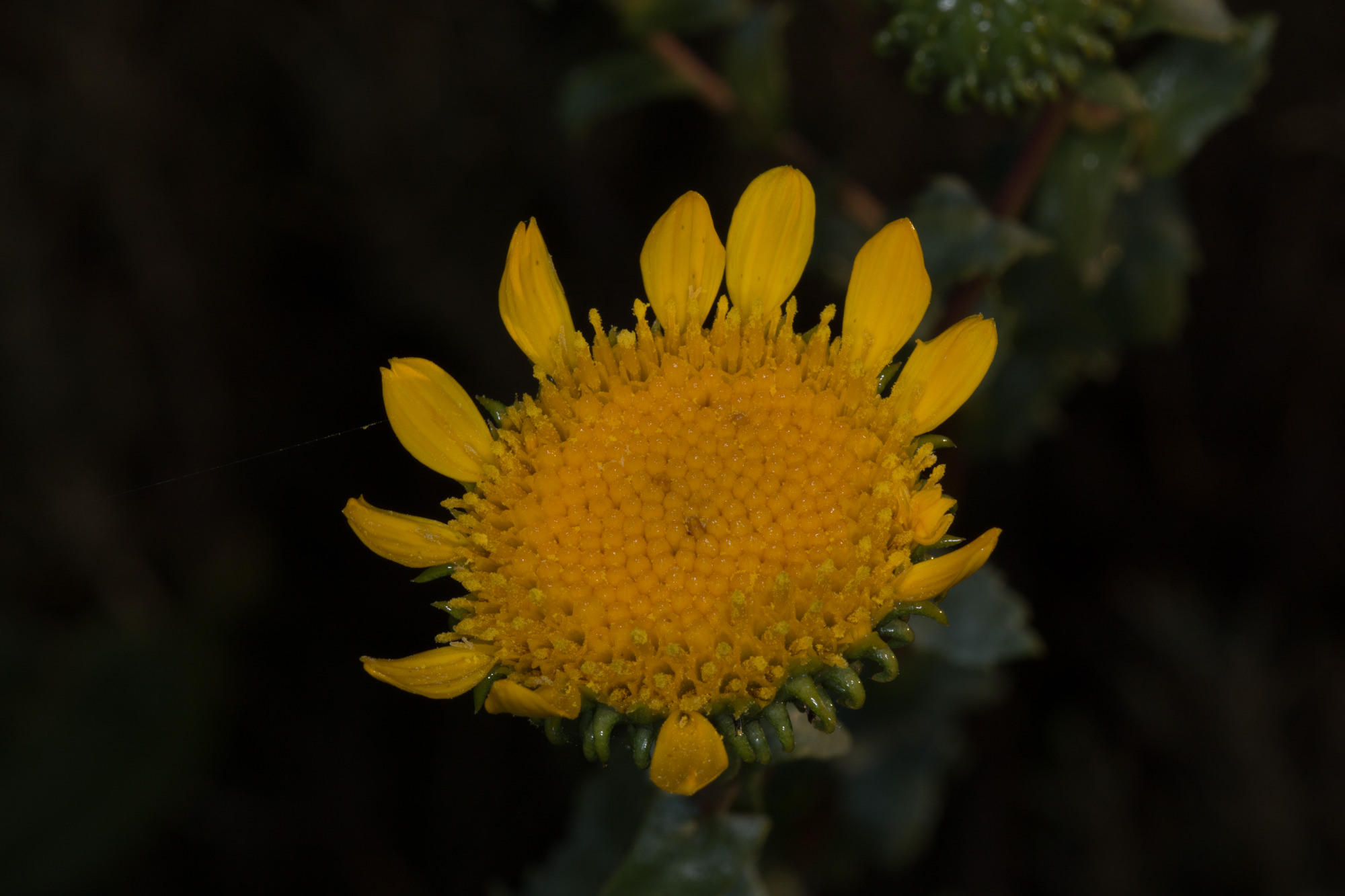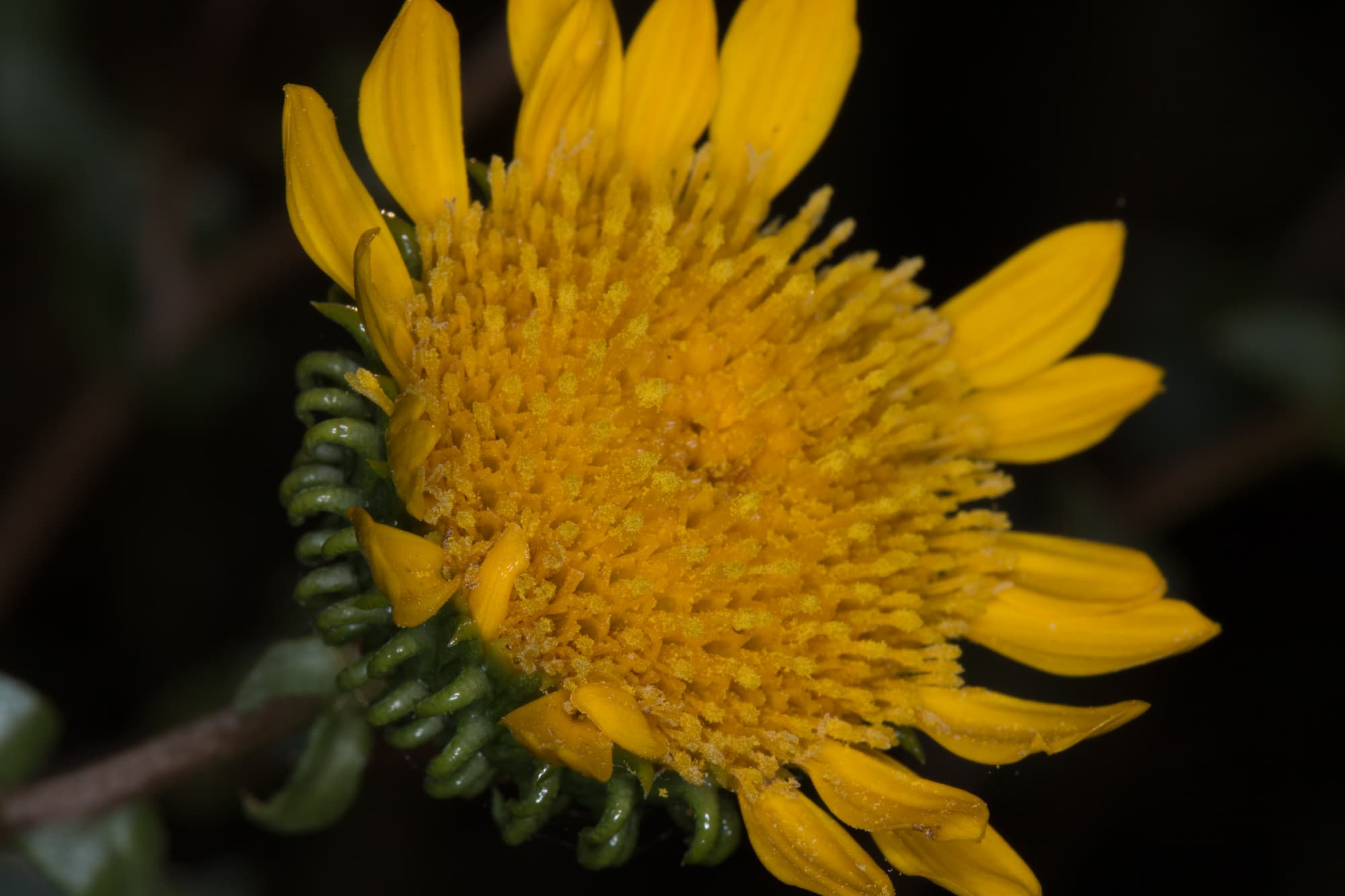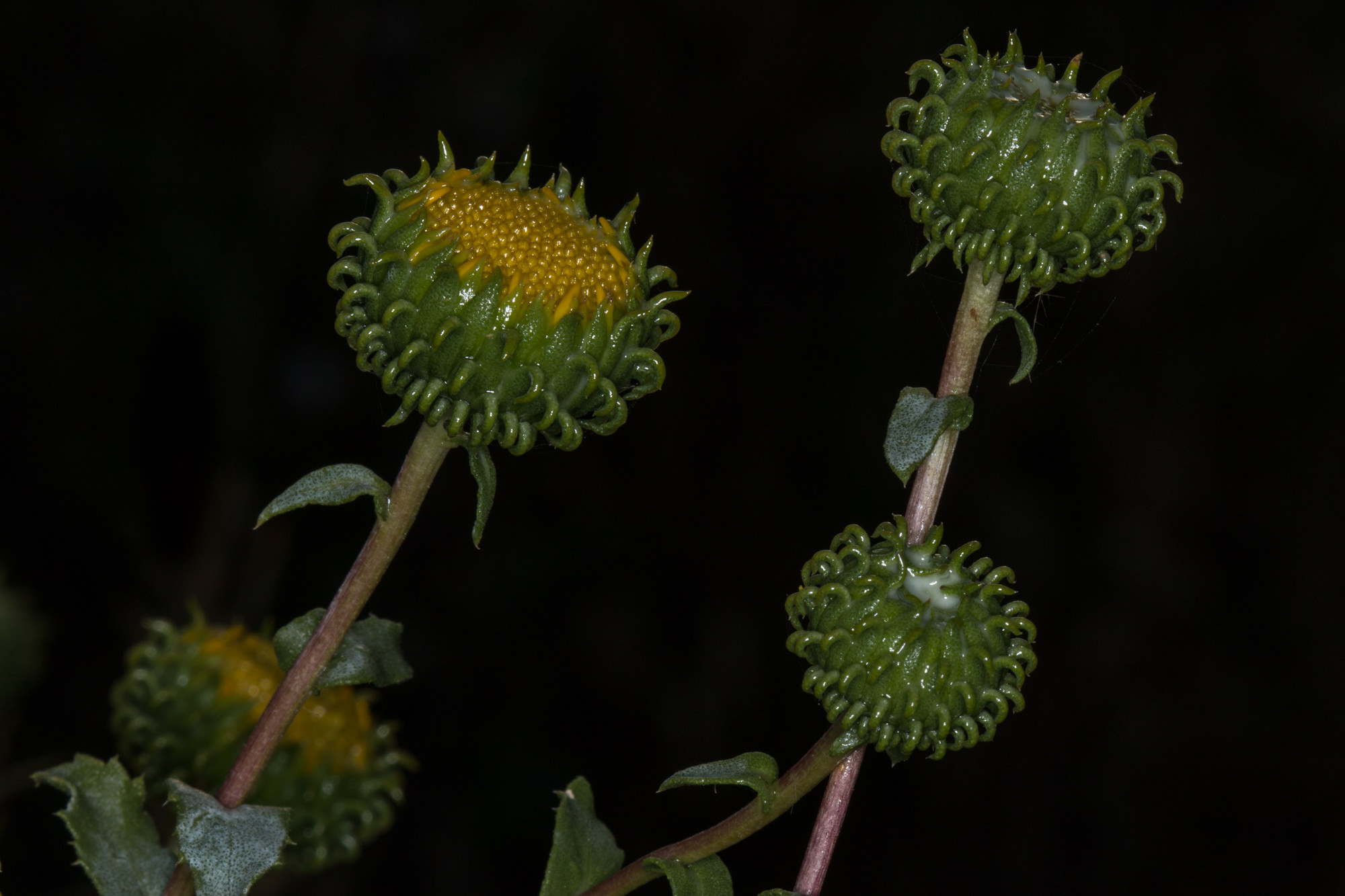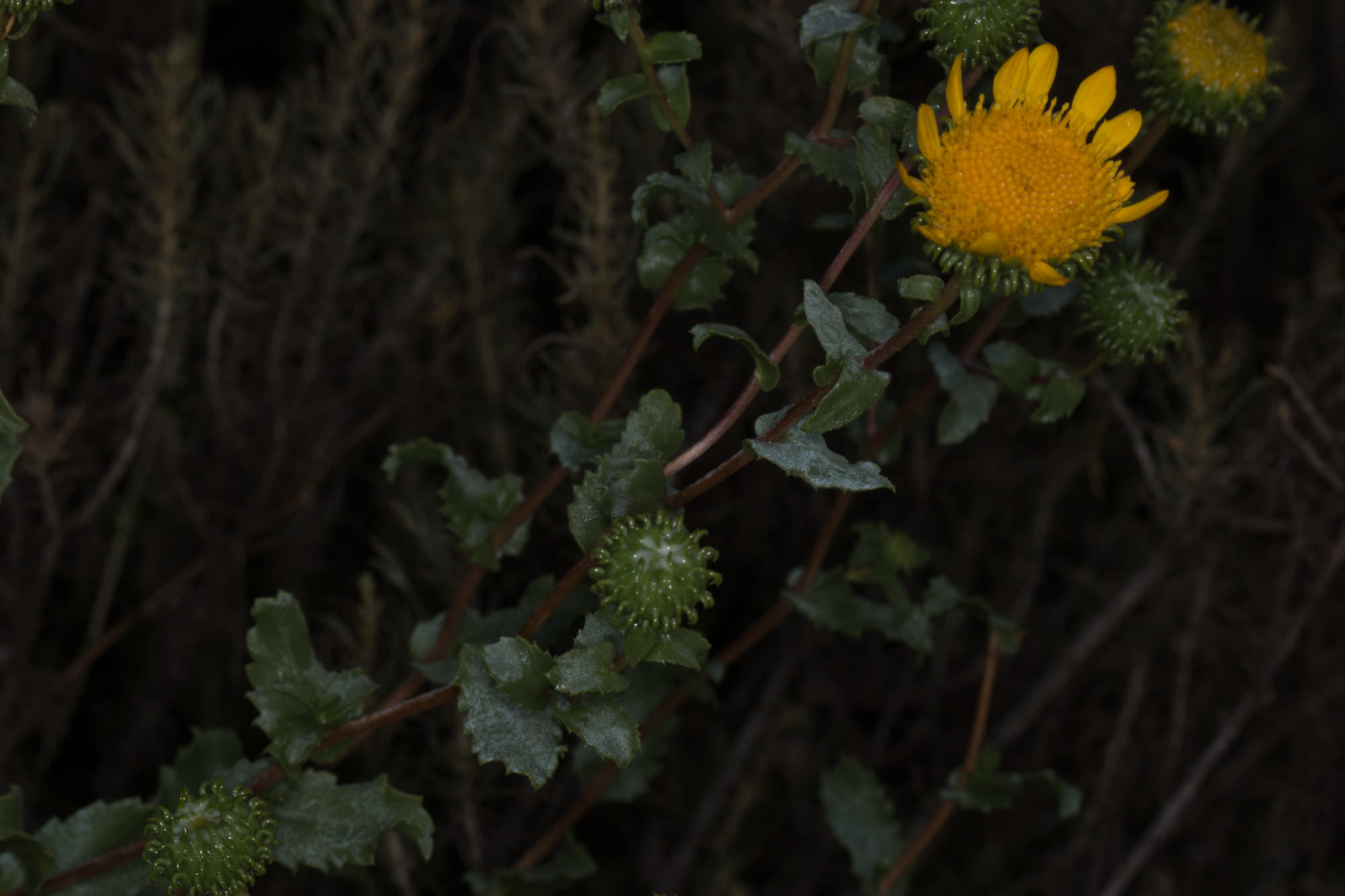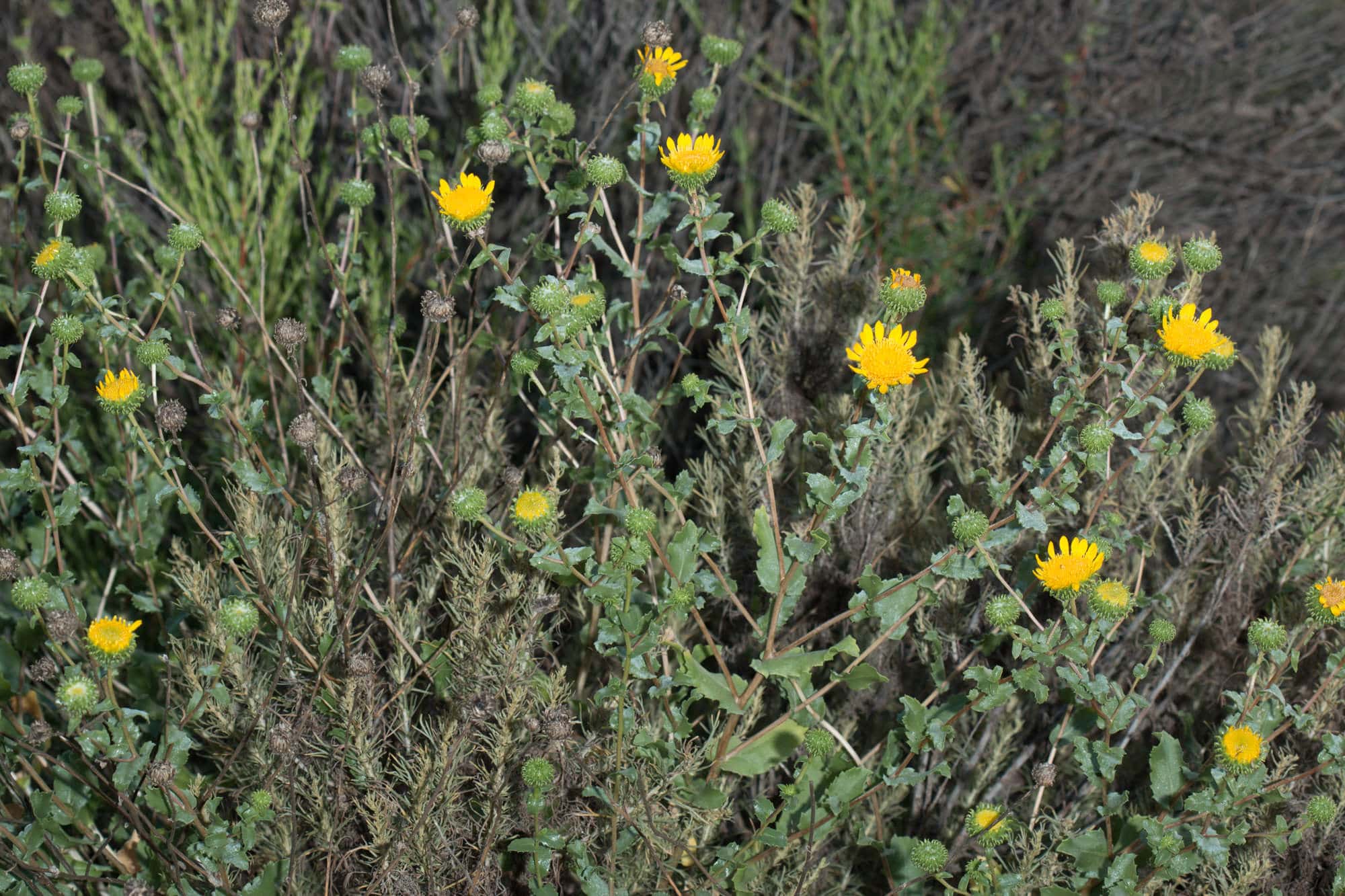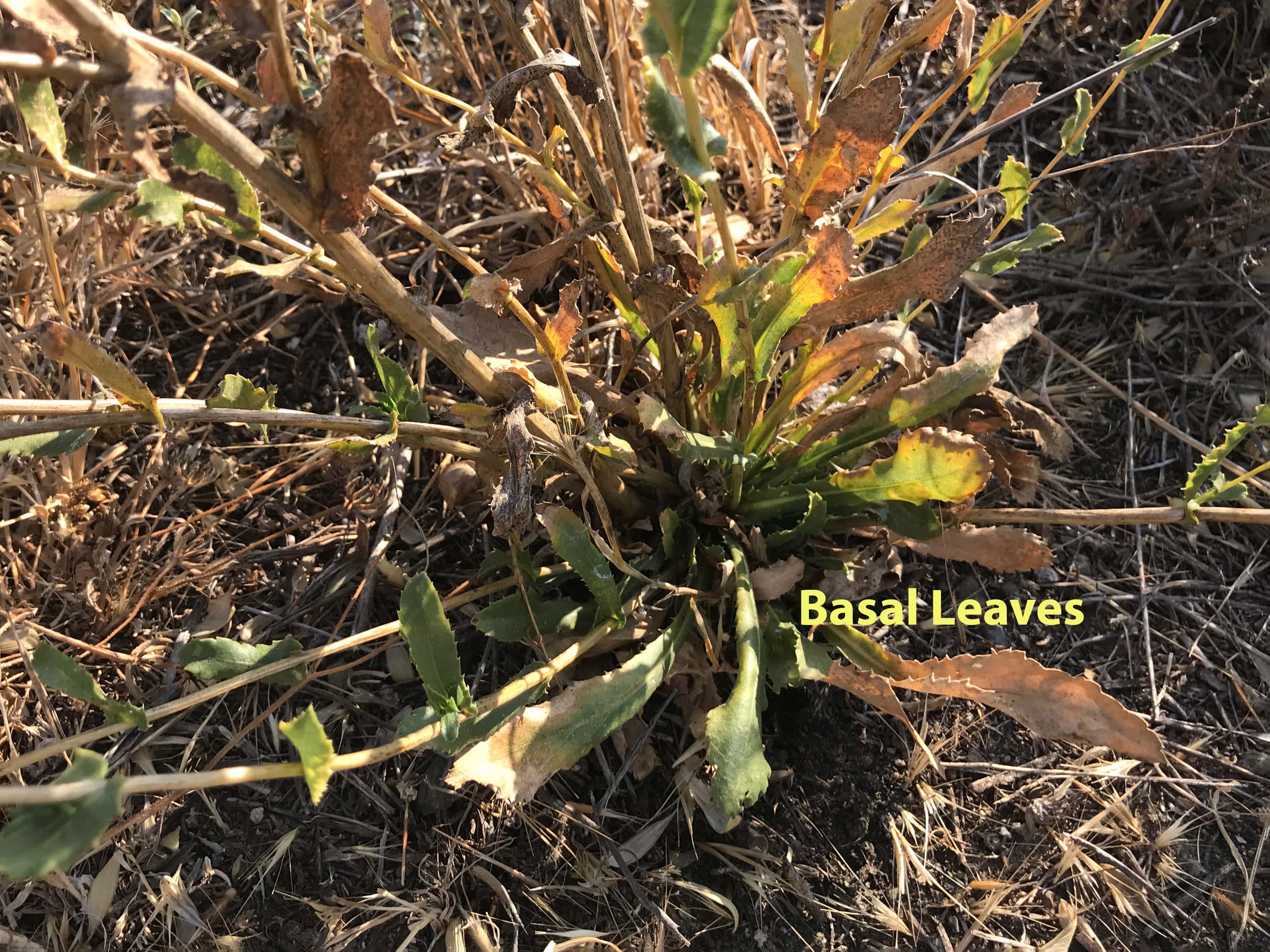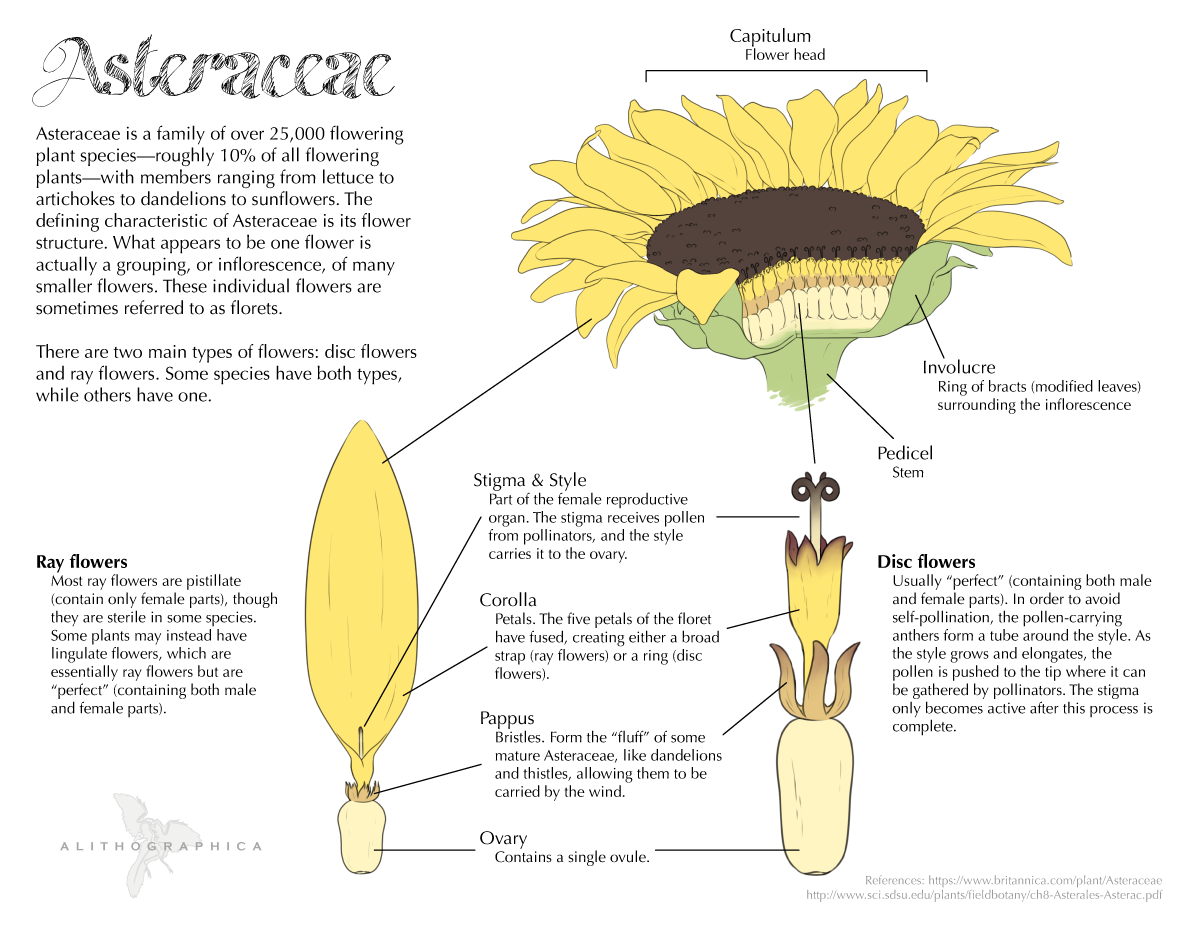Gum Plant
- Grindelia camporum
| Common Name(s): | Gum Plant |
| Scientific Name: | Grindelia camporum |
| Family: | Asteraceae (Sunflower) |
| Plant Type: | Perennial |
| Size: | up to 4 feet |
| Habitat: | open chaparral, coastal sage |
| Blooms: | May to September |
| Fire Response: | Germinate from Seed |
Yellow Gum Plant (Grindelia camporum) is a flowering plant in the Sunflower family (Asteraceae). This native, perennial, semi-woody subshrub native is a spindly plant which blooms during the summer as well as an important pollen source. Bright yellow flower-heads should grab your attention as you pass them in the disturbed areas along the edge of the trail. Unlike many other summer blooming plants, these flowers are nearly two inches across. A sticky, milky substance covers the flower buds and provides a reminder as to the name of the plant. This gummy residue is likely there to protect against herbivores or to prevent damage from UV radiation. These plants can be found in a variety of habitats — dry slopes and fields, clay or sandy roadsides in chaparral and coastal sage scrub.
In ideal conditions the plant can grow nearly four feet tall — average height seems to be half that. Many branching stems give the plant an unkempt appearance. Thick and stiff leaves are obovate to oblanceolate, somewhat wavy (the leaves do not lie flat), margins are inconsistent, often sharply serrated but occasionally not serrated. Basal leaves are larger and form a crown around the base. As the leaves move up the stems, one can observe that they alternate along the stem and are Cauline — the leaf base clasps the stem, often appearing to have two wings where it connects. Every part of the plant is glandular but contain no hairs, and extremely resinous — most obvious in the developing flower heads.
Yellow daisy-like flower heads are grouped in open clusters, each flower at the end of a stem. The base of the flower head is like a fishbowl, with several layers of overlapping phyllaries that have curved tips. Phyllaries have plenty of glands producing plenty of white, gummy latex-like substance that coats the not yet open flower head, causing it to glisten. The ray flowers lack stamens. Disc flowers have a tubular lobed corolla and five or six stamens with the anthers united into a tube around the two-branched style. Flowers can usually be found between May and August at Paramount Ranch or Broome Ranch.
Native Americans used this plant to treat rashes from poison oak, pulmonary problems and skin infections. Around the turn of the 20th century, trainloads of gum plant were shipped back to the East coast and sold in various remedies. It is still widely used by herbalists today for pulmonary problems such as bronchitis, whooping cough, hay fever and emphysema. Your mileage may vary.
Link to Calflora.net <- the best source of this fascinating information
Name Origin: Grindelia: named for David Hieronymus Grindel (1776-1836), born Dāvids Hieronīms Grindelis, a Latvian pharmacologist, physician, chemist, botanist, author of textbooks on physics and professor of chemistry and pharmacy at the University of Tartu in Estonia.
camporum: relating to plains or fields, from Latin campus, "a plain, field, open country, level place."
Contributed by George Sherman
Aster diagram provided by Jenn Deutscher
Link to the artist's website
Featured Plants in the Asteraceae (Sunflower) Family:
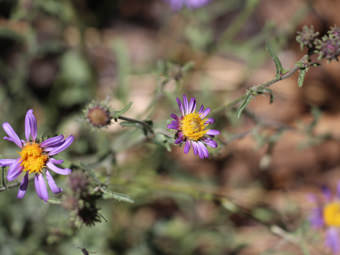
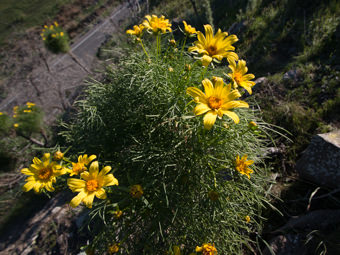
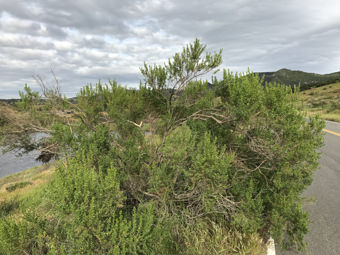
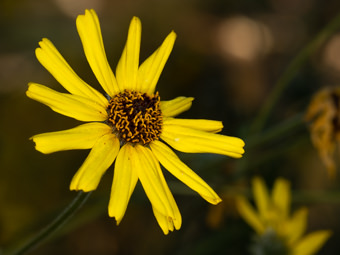
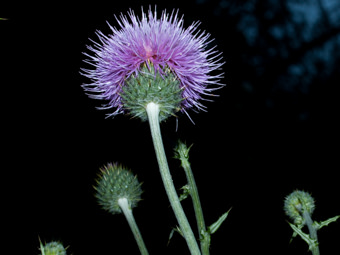
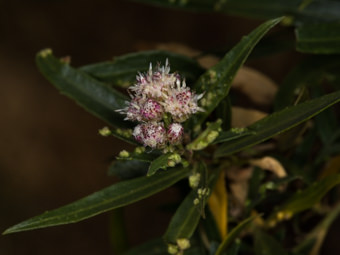
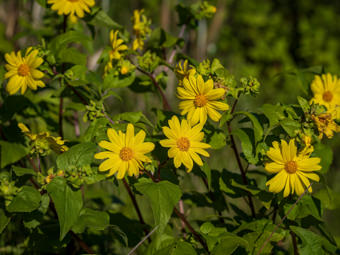
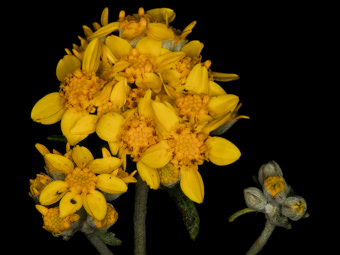
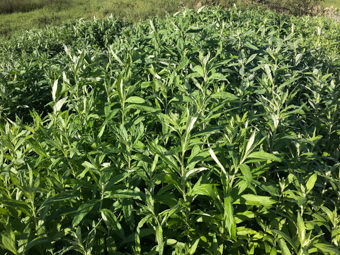
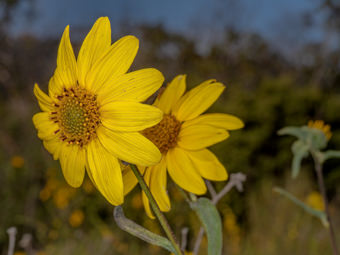
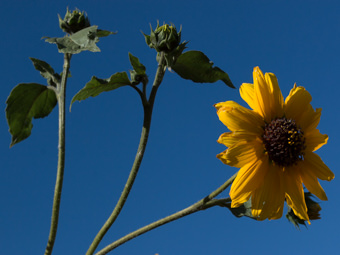
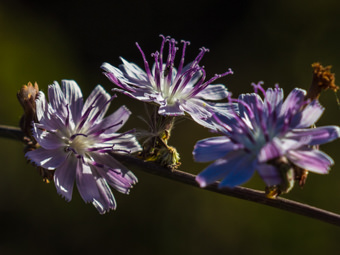
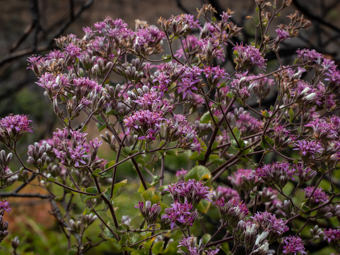
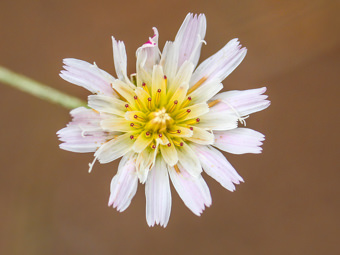
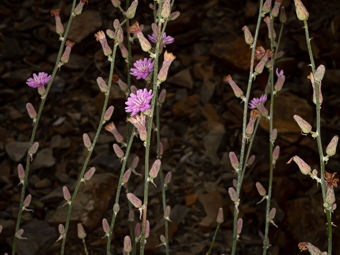
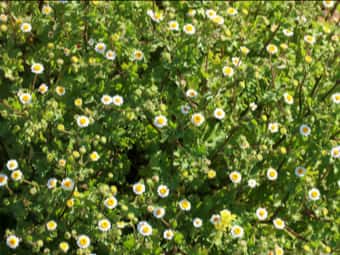

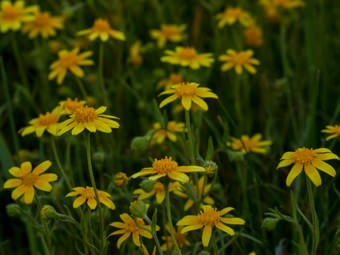
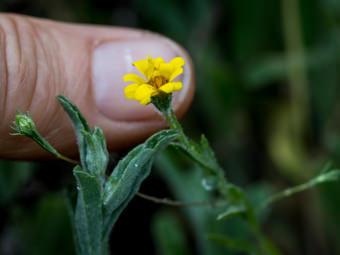
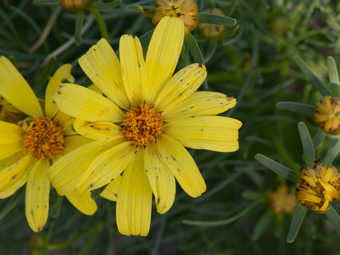
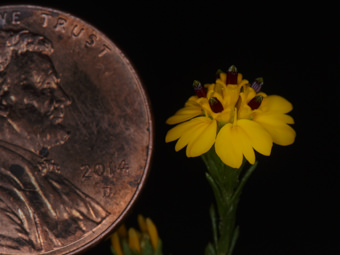

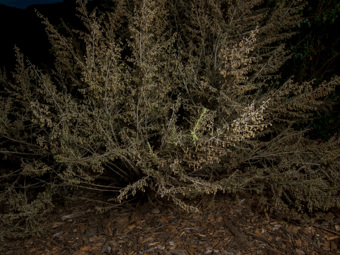

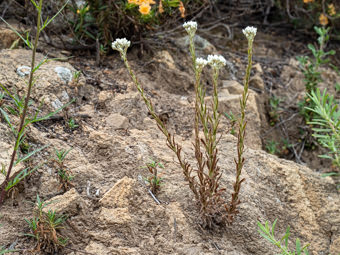
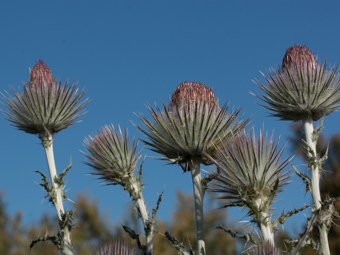
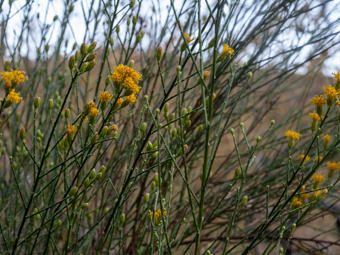
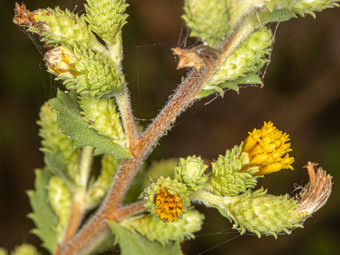
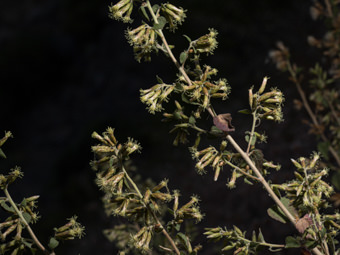
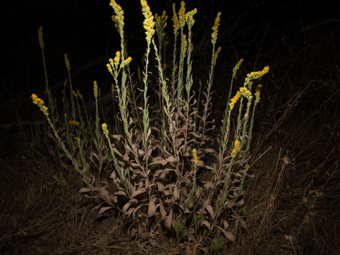
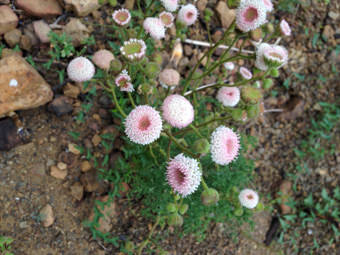
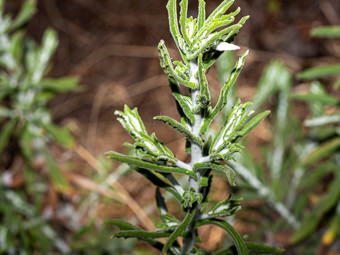
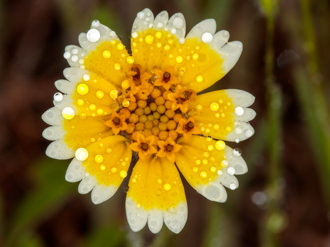
Last modified: August 21 2024 15:18:57.
Number of Images: 13
Image Size Total: 4,046,423
References:
Wildflowers of the Santa Monica Mountains, by Milt McAuleyFlowering Plants: The Santa Monica Mountains, Coastal and Chaparral Regions of Southern California, by Nancy Dale
Chumash Ethnobotany: Plant Knowledge Among the Chumash People, by Jan Timbrook
Leaf Shapes Primer - Botanical Terms for Leaves: - Link

